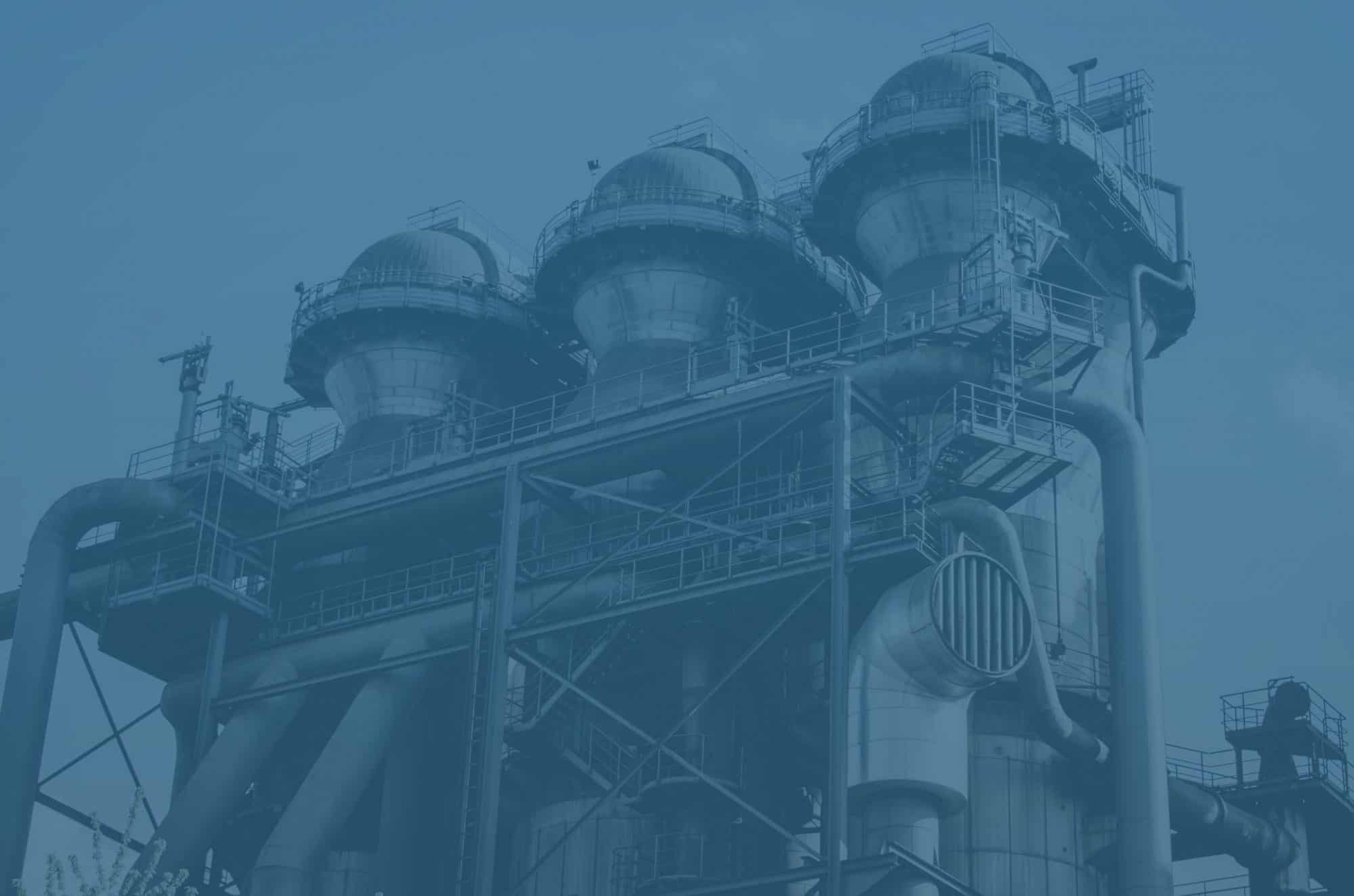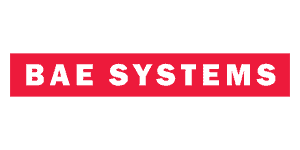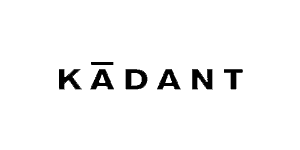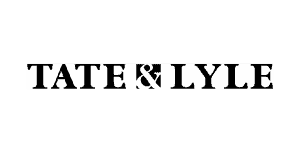Noise control methods work to keep people safe in their workplaces. At the same time, they enable businesses to adhere to the UK’s environmental protection standards. We help clients who need these solutions by offering our bespoke silencers. You can use them for existing sites as well as plants that are currently at the design stage.
When working in an industrial setting, there are two noise management solutions you will want to consider using. These are exhaust and vent silencers. Let’s look at them in more detail here so you know about the benefits they offer.
Exhaust silencers
An essential element of a complete noise control package for power generation works is treating exhaust gases. Without proper treatment of such gases, the overall noise management solution won’t work. A vital thing here is the careful venting and possible after-treatment of the gases. This is to move them away from humans and the engine intake vent system.
You need to keep employees safe from immoderate plant noise and must meet the necessary regulations. To do so, you can install exhaust silencers. They will support the delivery of an efficient noise solution. Also, this will halt wider environmental noise concerns. In addition, it will reduce the risk of hearing damage among workers.
You can achieve noise reduction using two design principles. Firstly, there is a reactive silencer. It influences noise reduction via reflecting and interfering with sound waves transitioning through the silencer. Secondly, there is an absorptive silencer. It influences broadband noise by utilising an absorptive acoustic infill design. Also, it supplies a low pressure drop.
Vent silencers
Electricity power generation and petro-chemical plants come with many control and safety valves. This depends on the system configuration. Opening these valves to vent vapour, gas, or steam is accompanied by high noise levels. To safeguard employees from major plant noise, you’d need to install silencers. They can eradicate hearing loss and stop bigger environmental noise problems.
Vent silencers lower noise levels of exhaust piping to the atmosphere for high pressure gases. Examples include carbon dioxide, oxygen, nitrogen, natural gas, and vapour. You are able to install them downstream of any contraption working as a link between the atmosphere and a container of pressured gas. Something else vent silencers can do is offer low or high back pressure relief for the system. This guarantees correct operation.
You are able to reduce noise here using two principles. Firstly, there is a reactive section to attenuate low frequencies. This supplies a broad band noise reduction. Next is an absorptive section meant for high frequency noise reduction. It is possible for vent silencers to be absorptive, reactive, or a combination design.
Speak to us for expert help with noise control
At Ventx, we provide effective solutions that come in the form of our silencers. Our people carefully match these installations to the specific applications. They do so using special acoustic modelling software. With it, we can analyse your systems and determine what silencers would work best.
So, if you’d like to work with us to maximise noise control, please get in touch. We have experience in many industries, including some of the loudest and most hazardous ones.









